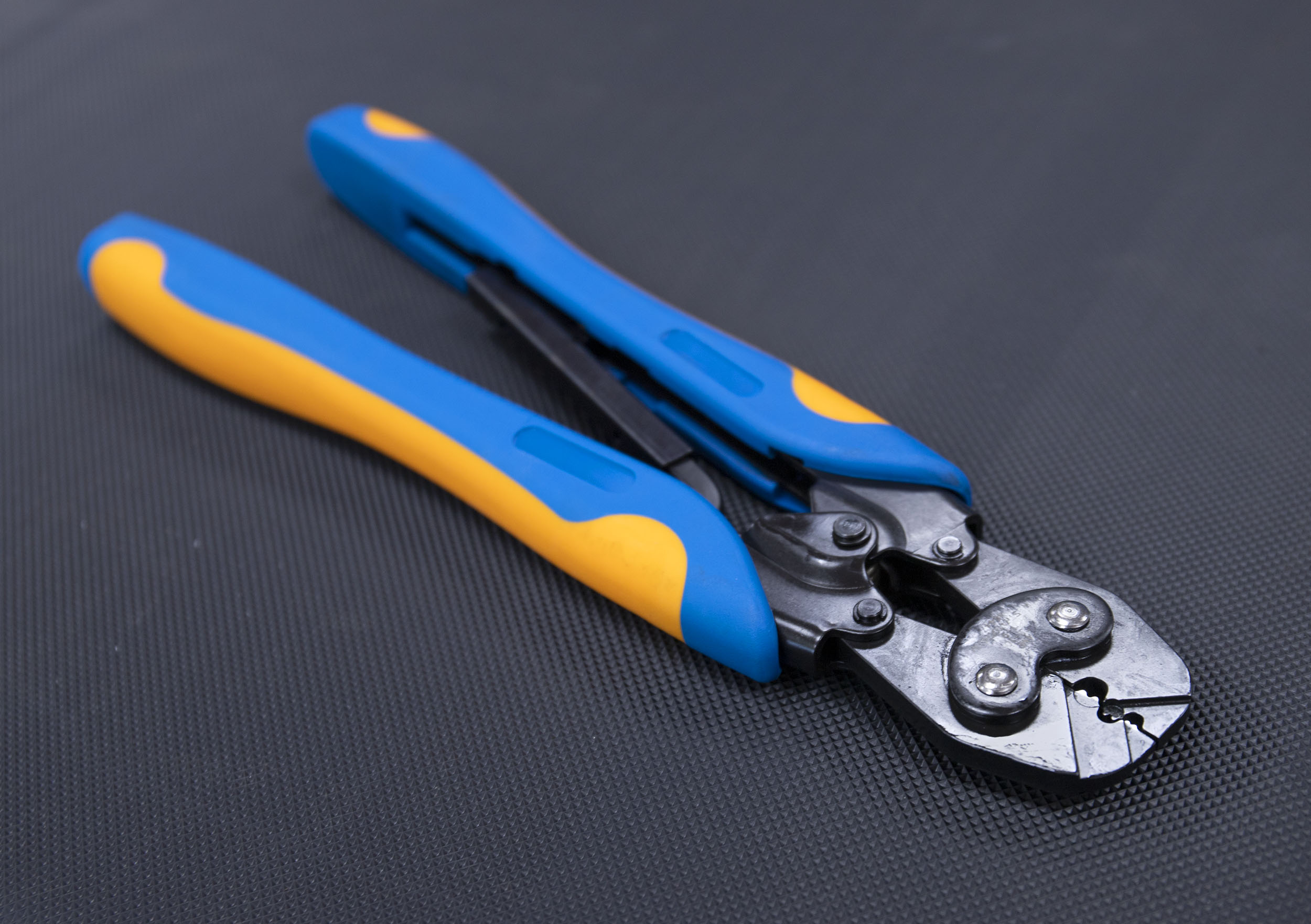- Reaction score
- 496
Looking for some advice regarding some connections on a heating contactor.
I picked up some readings using a thermal camera which I thought were a tad high. I remade the crimps as these were the "hot spots" however this has had no effect on the temperature.
The current draw is approximately 42 amps as its a radiant heating circuit.
Are these temperatures normal for this scenario? I haven't done a great deal of thermal imaging but when I do I set the camera to flag temperatures above 60 degrees.
See the attached image below:

I picked up some readings using a thermal camera which I thought were a tad high. I remade the crimps as these were the "hot spots" however this has had no effect on the temperature.
The current draw is approximately 42 amps as its a radiant heating circuit.
Are these temperatures normal for this scenario? I haven't done a great deal of thermal imaging but when I do I set the camera to flag temperatures above 60 degrees.
See the attached image below:












